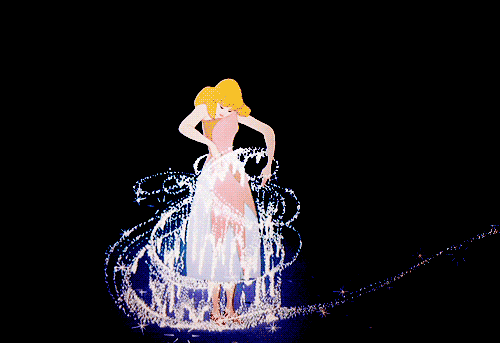
Fairy Tale
Fairy tales are probably the most widely recognized verbal folklore around the globe (Sims and Stephen, 2011). These tales have been studied by various folklorists throughout the years to help understand their origins and meanings. Fairy tales are a way to incorporate beliefs and behaviors to children, to make them understand the repercussions of their actions. Other fairy tales insight hope to young minds when all seems lost (Lang, 1893). One of those tales is that of Cinderella.
Cinderella, a girl who comes from nothing and yet overcomes all her troublesome worries by simply being patient and kind. It is a tale as old as time, with a longer history than most realize. Often times, The Brothers Grimm receive credit for the creation of this tale due to the publication of a series of fairy tales they collected throughout Germany. However, before The Brothers Grimm there was also the publication of the "Little Glass Slipper" by Charles Perrault. Lastly, there is also the famous adaptation provided by Walt Disney Studios. This tale is probably the most widely known due to the animation feature with a simplistic "happily ever after". However, before these two common versions there have been many other versions dating back over 2000 years across the globe. The first verbal folklore of Cinderella was created 63 BC in Greece. Before the name Cinderella was created the tale started with a girl named Rhodopis. This tale differs from the versions we are accustom to. This tale revolves around a slave named Rhodopis who gets her shoe stole by an Eagle and throws it on the lap of the king. The king searches for the owner of the beautiful shoe and makes the young woman his wife (Newell, 1894).
As most verbal folklores, this amazing tale has transformed over time to accommodate all generations. Though there have been many retellings over the century's, this tale, no matter how it has evolved throughout the ages, still maintains the key similarities which is what makes it a perfect candidate for folklore. Some of these repeated traits of the tale of Cinderella include the mistreatment she receives from her stepmother and stepsisters. She is essentially powerless in this household with no social standing above a simple maid (Warner, 1988). She holds a nice, mannered composer regardless of her situation. In most telling's, her new life is provided thanks to a misplaced shoe. Ultimately, she is relieved of her suffering by marry a prince.

